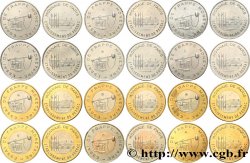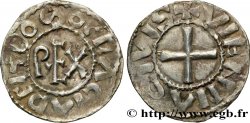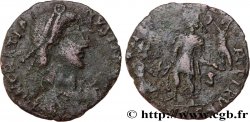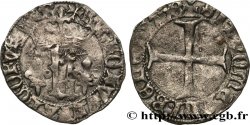Live auction - feu_522171 - EUROPEAN CENTRAL BANK Essai 10 Cent Euro double face commune, frappe monnaie sur flan blanc n.d
You must signin and be an approved bidder to bid, LOGIN TO BID. Accounts are subject to approval and the approval process takes place within 48 hours. Do not wait until the day a sale closes to register. Clicking on "BID" constitutes acceptance of the terms of use of cgb.fr private live auctions.
Bids must be placed in whole Euro amounts only. The sale will start closing at the time stated on the item description; any bids received at the site after the closing time will not be executed. Transmission times may vary and bids could be rejected if you wait until the last second. For further information check the Live auction FAQ
All winning bids are subject to a 18% buyer’s fee.
All winning bids are subject to a 18% buyer’s fee.
| Estimate : | 1 500 € |
| Price : | no bid |
| Maximum bid : | no bid |
| End of the sale : | 05 March 2019 19:29:19 |
Type : Essai 10 Cent Euro double face commune, frappe monnaie sur flan blanc
Date: n.d
Quantity minted : nc
Metal : white metal
Diameter : 19,5 mm
Orientation dies : 6 h.
Weight : 3,88 g.
Edge : larges cannelures
Rarity : R3
Obverse
Reverse
Commentary
Étonnant exemplaire d’essai de 10 Cent Euro avec la nouvelle face commune adoptée en 2006. En effet en 2006 un nouveau revers fut adopté pour les monnaies Euro. La carte de l’Europe au revers des Euros fut élargie pour faire apparaître les nouveaux États-membres.
Cette pièce est donc un essai en double face et sur un flan non conforme datant certainement de 2005. La signature LL (du graveur Luc Luycx) semble légèrement plus large que sur le visuel finalement adopté.
Autres particularités : le métal non conforme (alliage blanc magnétique) alors que les 10 Cent Euro sont en cupro-aluminium nordique et frappe monnaie alors que les Euros sont tous émis en frappe médaille.
Différents ateliers de frappe ont participé aux tests suite à l’adoption de la nouvelle carte commune. Il est probable qu'il ai été frappé en Allemagne. Un exemplaire identique y fut retrouvé mais l’état de nos connaissances actuelles nous ne permet pas de connaître l’atelier de frappe précis.
Amazing test example of 10 Cent Euro with the new common face adopted in 2006. Indeed in 2006 a new reverse was adopted for Euro coins. The map of Europe on the reverse of the Euros was enlarged to show the new member states. This coin is therefore a double-sided test and on a non-compliant flan certainly dating from 2005. The LL signature (by the engraver Luc Luycx) seems slightly larger than on the visual finally adopted. Other particularities: the non-compliant metal (magnetic white alloy) while the 10 Cent Euro are made of Nordic copper-aluminum and struck as coins while the Euros are all issued in medal strike. Different mints participated in the tests following the adoption of the new common map. It is likely that it was struck in Germany. An identical example was found there but the state of our current knowledge does not allow us to know the precise mint
Cette pièce est donc un essai en double face et sur un flan non conforme datant certainement de 2005. La signature LL (du graveur Luc Luycx) semble légèrement plus large que sur le visuel finalement adopté.
Autres particularités : le métal non conforme (alliage blanc magnétique) alors que les 10 Cent Euro sont en cupro-aluminium nordique et frappe monnaie alors que les Euros sont tous émis en frappe médaille.
Différents ateliers de frappe ont participé aux tests suite à l’adoption de la nouvelle carte commune. Il est probable qu'il ai été frappé en Allemagne. Un exemplaire identique y fut retrouvé mais l’état de nos connaissances actuelles nous ne permet pas de connaître l’atelier de frappe précis.
Amazing test example of 10 Cent Euro with the new common face adopted in 2006. Indeed in 2006 a new reverse was adopted for Euro coins. The map of Europe on the reverse of the Euros was enlarged to show the new member states. This coin is therefore a double-sided test and on a non-compliant flan certainly dating from 2005. The LL signature (by the engraver Luc Luycx) seems slightly larger than on the visual finally adopted. Other particularities: the non-compliant metal (magnetic white alloy) while the 10 Cent Euro are made of Nordic copper-aluminum and struck as coins while the Euros are all issued in medal strike. Different mints participated in the tests following the adoption of the new common map. It is likely that it was struck in Germany. An identical example was found there but the state of our current knowledge does not allow us to know the precise mint







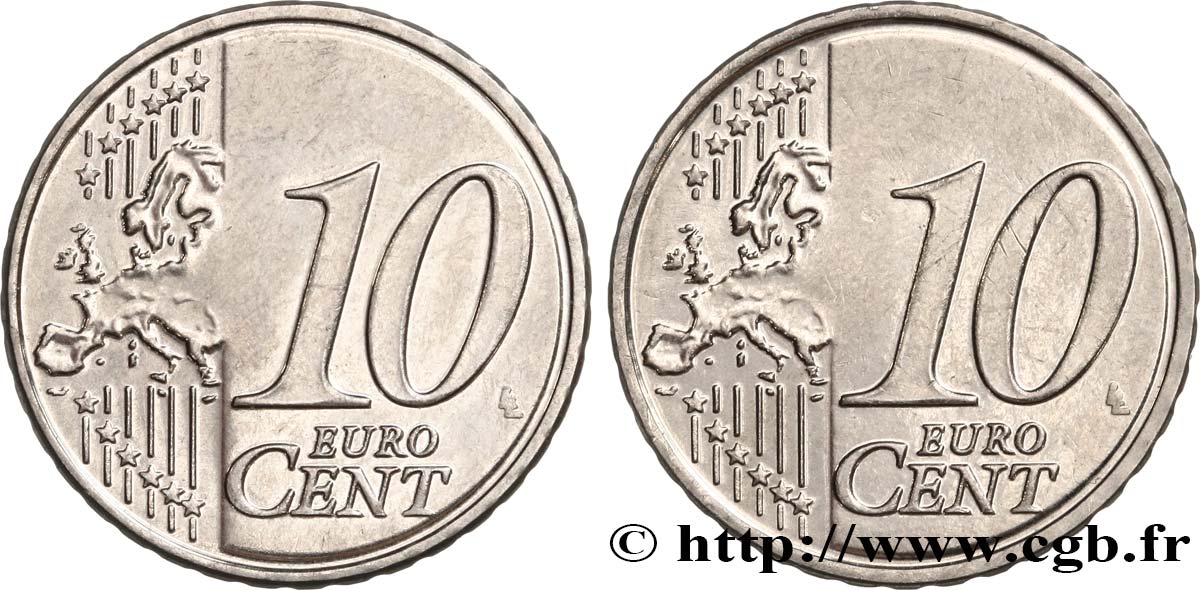
 Report a mistake
Report a mistake Print the page
Print the page Share my selection
Share my selection Ask a question
Ask a question Consign / sell
Consign / sell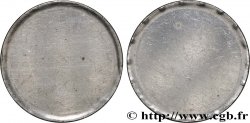
 Full data
Full data


